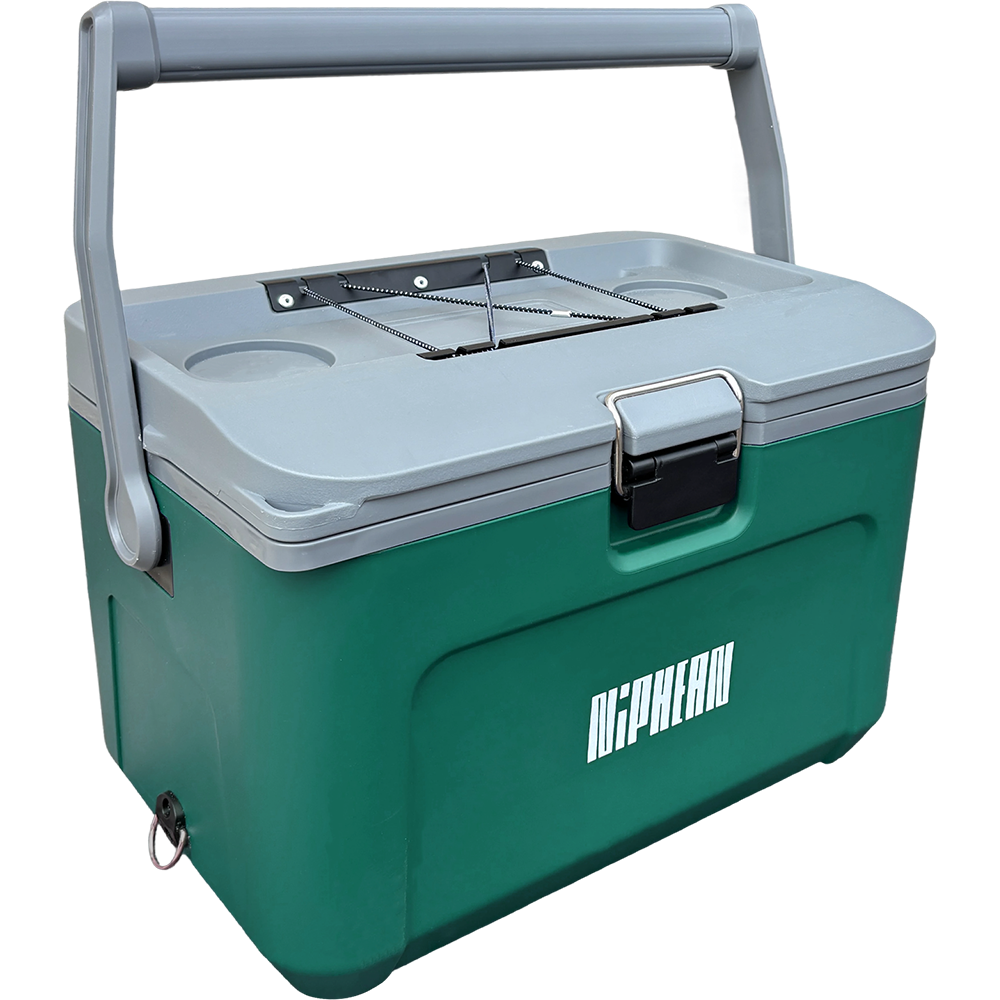- No products in the cart.
How to Improve Your Balance with Stand-Up Paddle Boarding
Aug 27, 2025
Balance is one of the most important skills in stand-up paddle boarding (SUP). Whether you’re a beginner taking your first strokes on calm water or an experienced paddler navigating small waves, having good balance can enhance your performance, reduce fatigue, and help prevent falls. The good news? Paddle boarding itself is one of the best ways to train your balance.
In this guide, we’ll break down why balance matters, how SUP improves it, and the best exercises and tips to help you become more stable on the board.
Why Balance Matters in Stand-Up Paddle Boarding
Balance is the foundation of every movement you make on a paddle board. Proper stability allows you to:
-
Paddle efficiently – keeping your body aligned reduces wasted energy.
-
Prevent injuries – fewer falls mean less risk of strain or impact.
-
Boost confidence – the more balanced you feel, the more adventurous you can be.
-
Enhance core strength – every small adjustment trains your muscles.
In short, balance is both a requirement and a benefit of SUP.
How Paddle Boarding Helps Improve Balance
Unlike gym workouts, stand-up paddle boarding forces your body to engage in dynamic balance — adapting to shifting water and your own movements. When you paddle, your body instinctively recruits stabilizer muscles in your legs, hips, and core. Over time, this builds coordination and stability both on and off the water.
Research has shown that balance training on unstable surfaces (like water) can enhance proprioception — your body’s ability to sense movement and position. This makes SUP not just a sport, but a functional workout.
Practical Tips for Better Balance on Your Paddle Board
1. Start with the Right Stance
-
Place your feet shoulder-width apart in the center of the board.
-
Keep your knees slightly bent to absorb movement.
-
Relax your upper body while engaging your core.
2. Focus Your Gaze
Looking down at your feet makes it harder to stay steady. Instead, keep your eyes on the horizon - this helps maintain stability.
3. Use Your Paddle for Support
Your paddle isn’t just for moving forward; it acts like a third point of balance. Plant it into the water whenever you feel unstable.
4. Practice Balance Exercises on Land
Strengthening your balance off the water will translate directly to SUP:
-
Planks and side planks – build a stronger core.
-
Single-leg stands – improve stability in your ankles and hips.
-
Yoga poses (e.g., Warrior II, Tree Pose) – great for alignment and focus.
5. Progress Gradually
Start on calm lakes or bays before moving to rivers or ocean waves. As your balance improves, you’ll naturally feel more comfortable tackling new conditions.
Extra Drills for SUP Balance Training
If you want to challenge yourself further, try:
-
Step-back turns – practice shifting your weight while maneuvering.
-
Kneeling to standing transitions – build stability through controlled movement.
-
Core-focused paddling intervals – alternate between slow and strong strokes to activate stabilizers.
Final Thoughts
Improving your balance with stand-up paddle boarding is about consistency and patience. The more time you spend on the water, the stronger your body becomes at adapting to movement. By combining proper technique, off-water exercises, and gradual progression, you’ll find yourself gliding more confidently with every session.
Ready to take your balance — and your paddle boarding experience — to the next level? Discover high-quality SUP boards and gear at Niphean, designed for stability and performance.
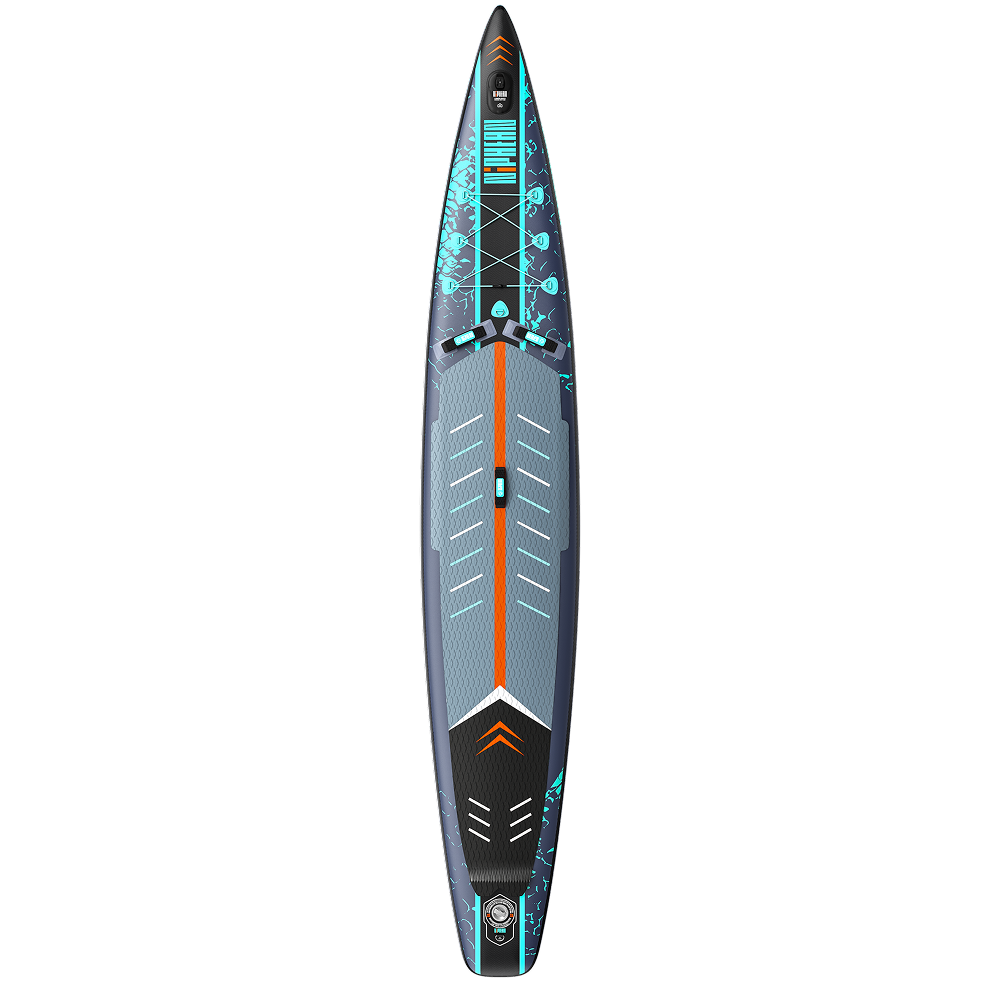

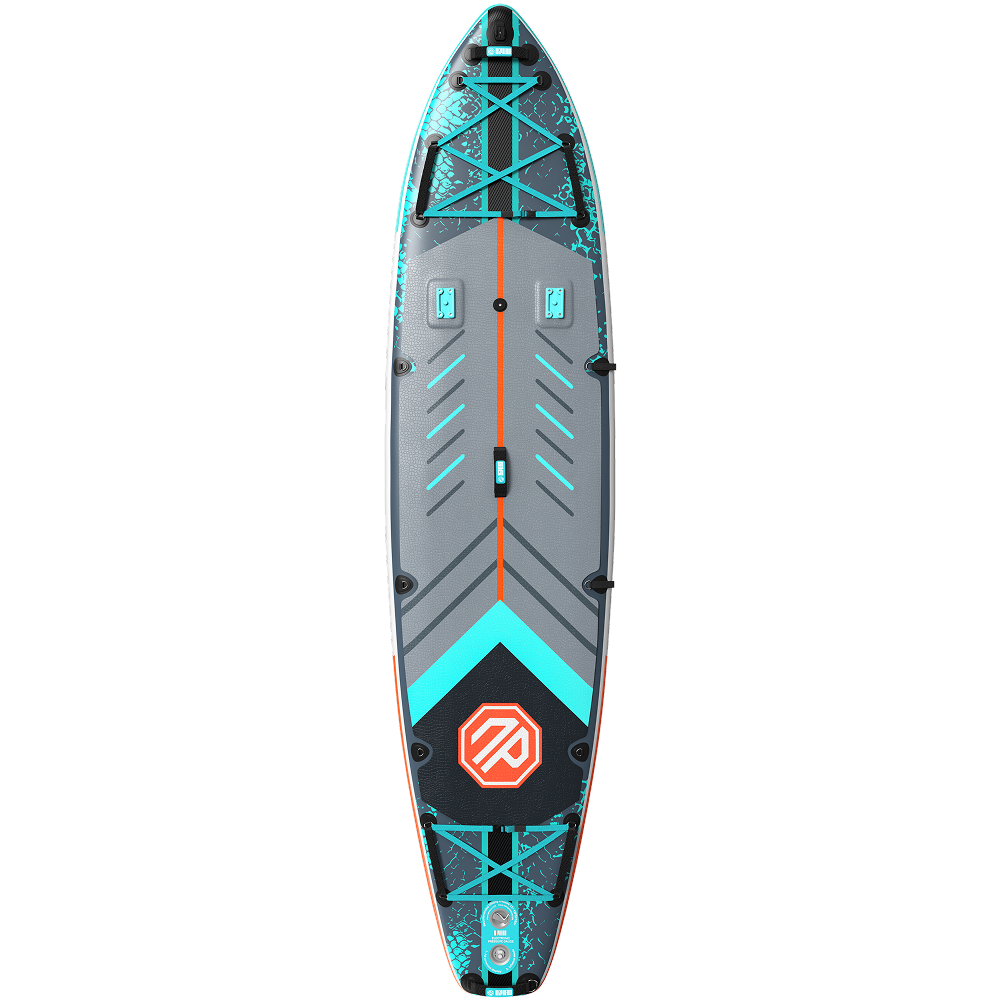
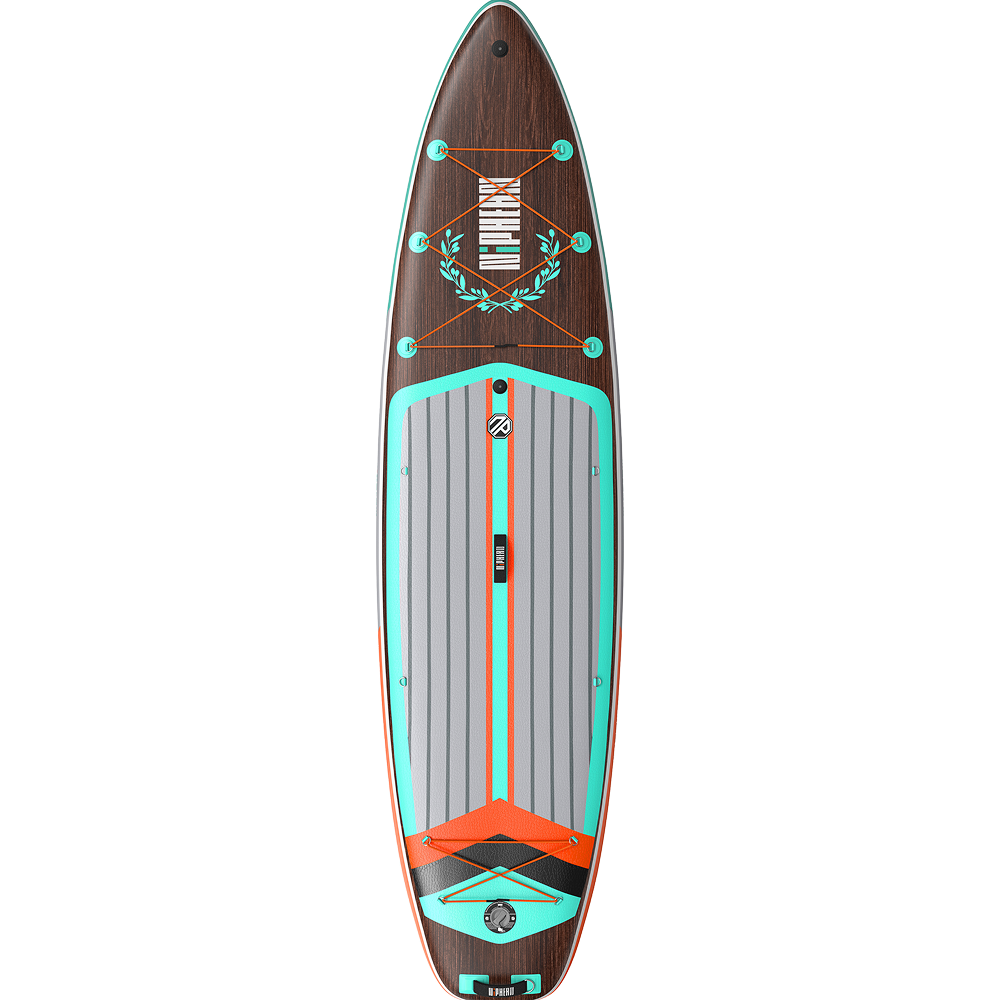
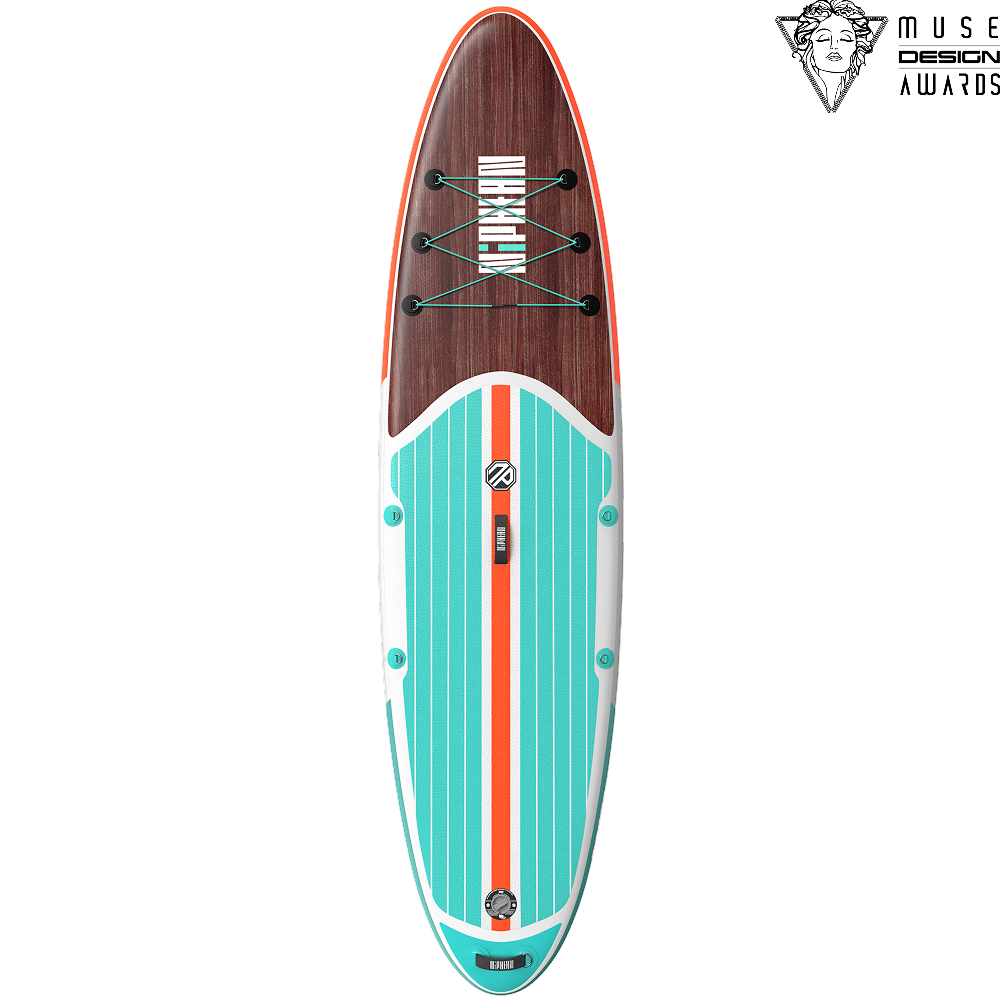
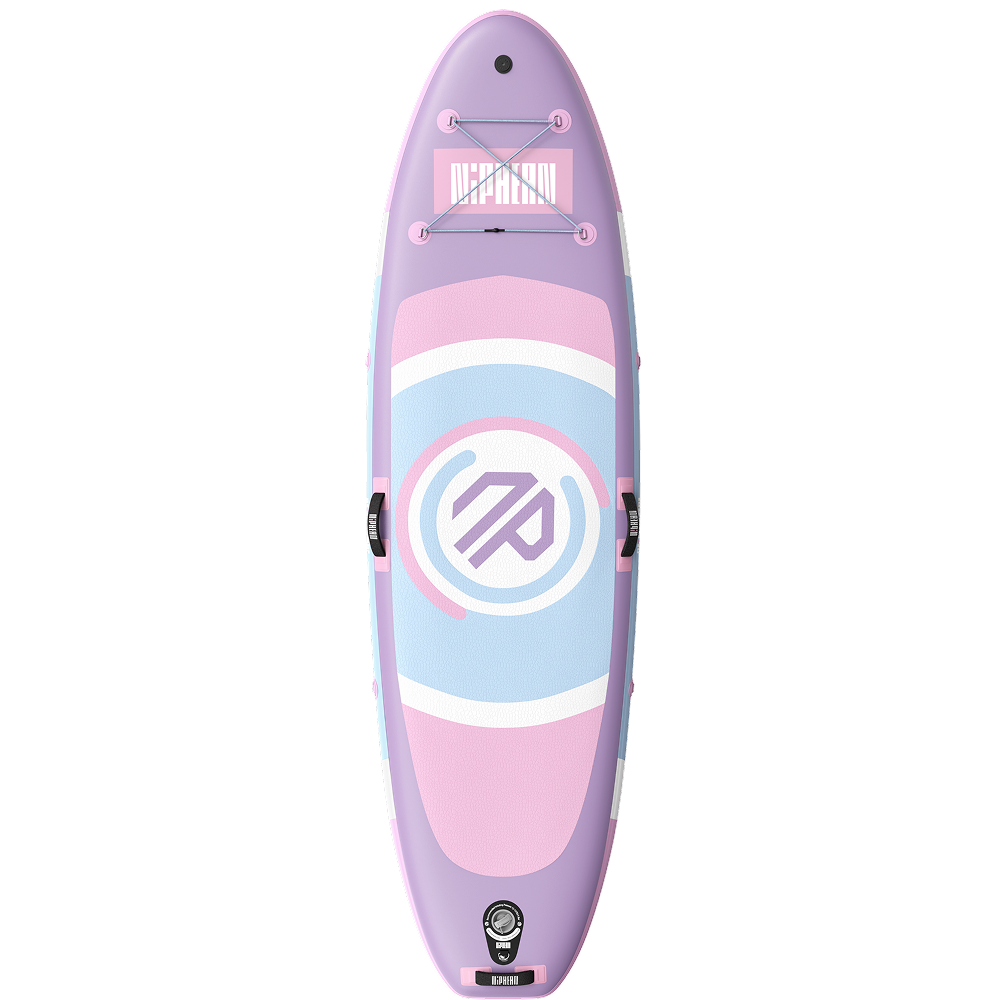







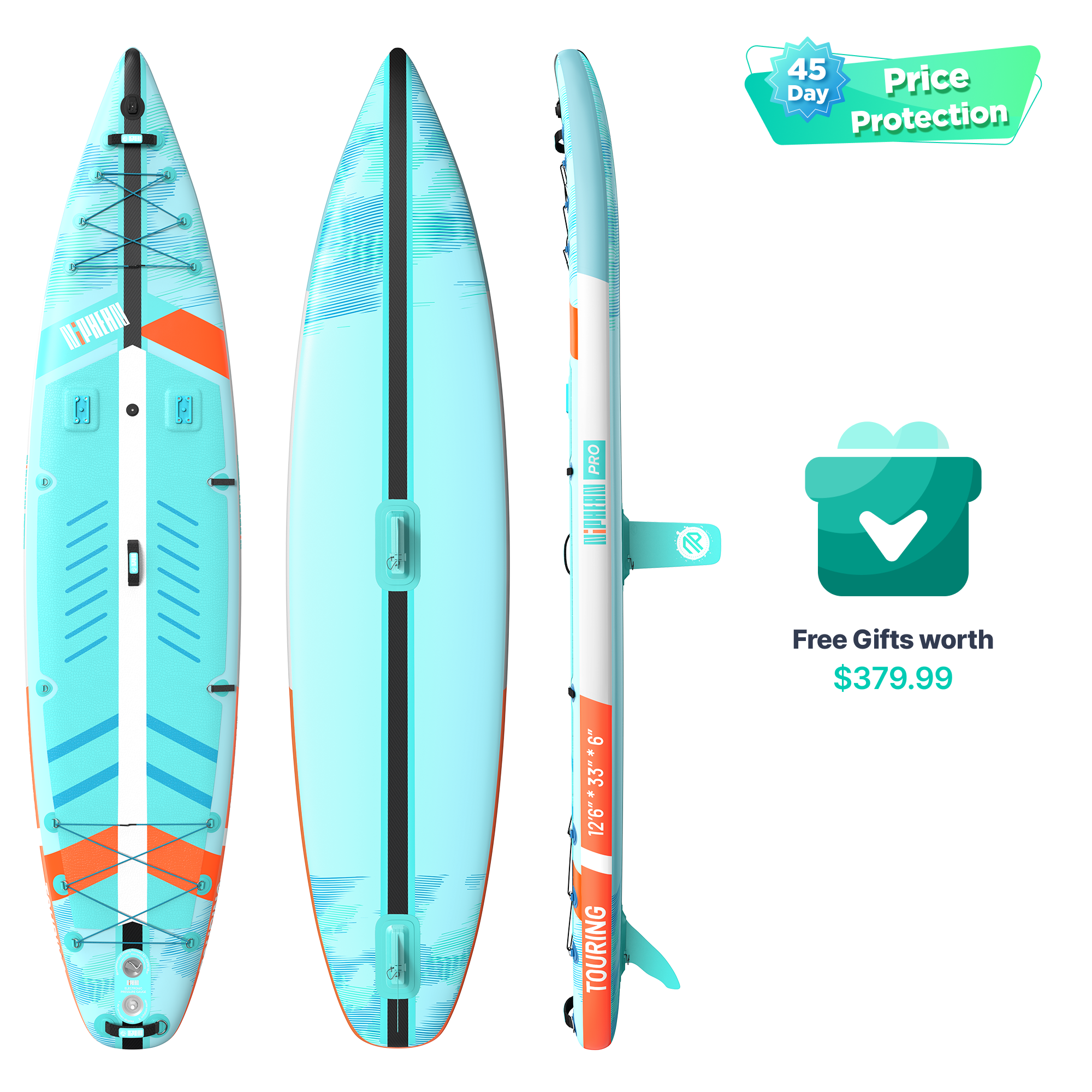
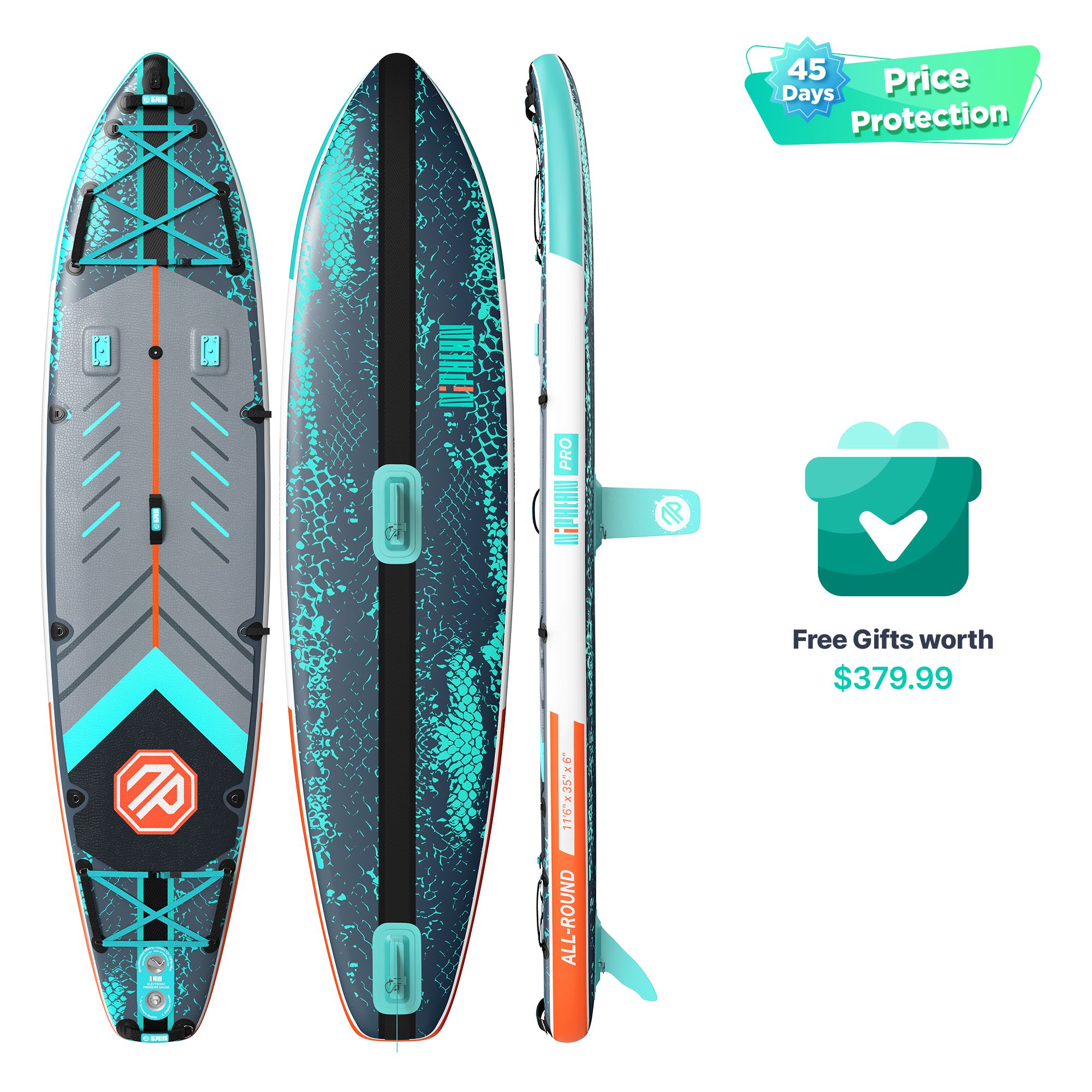

 Youtube
Youtube Facebook
Facebook Instagram
Instagram TikTok
TikTok